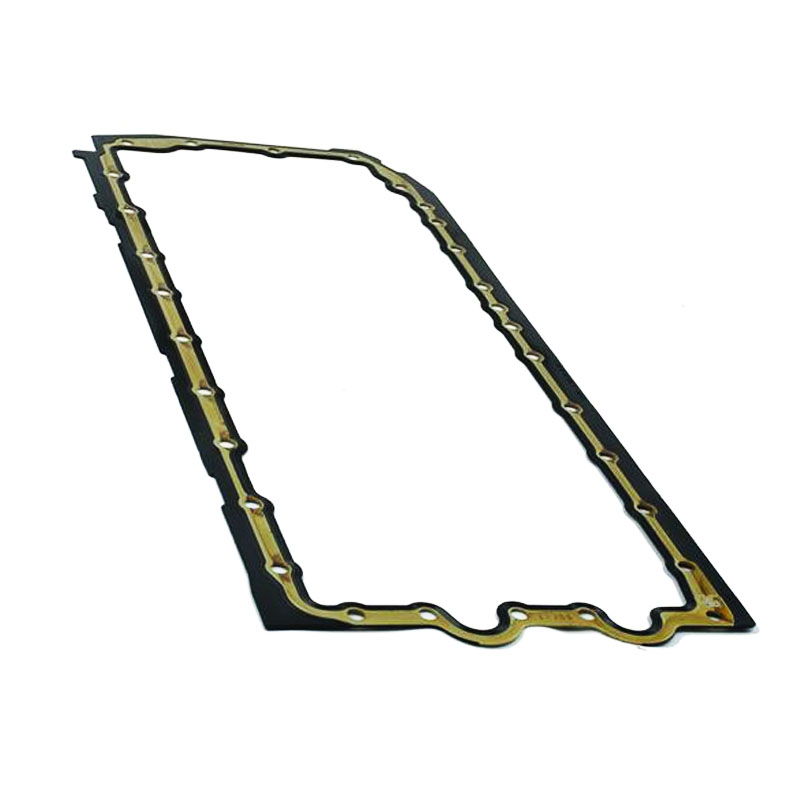m14 x 1.25 oil drain plug
The Importance of the M14x1.25 Oil Drain Plug Ensuring a Leak-Free Maintenance
When it comes to vehicle maintenance, one of the most essential yet often overlooked components is the oil drain plug. The M14x1.25 oil drain plug, specifically, is a crucial part for many automotive applications, ensuring that engine oil is efficiently drained during oil changes. Understanding its function, the materials used, and the importance of proper installation can significantly affect vehicle performance and longevity.
Understanding the M14x1.25 Oil Drain Plug
The designation M14x1.25 refers to the size and thread pitch of the oil drain plug. M14 indicates that the diameter of the bolt hole is 14 mm, while 1.25 denotes the pitch of the thread, which is 1.25 mm. This size is commonly used in many modern cars, trucks, and motorcycles.
The oil drain plug is located at the bottom of the oil pan and serves as the main access point for draining engine oil. During an oil change, the plug is removed to allow used oil to flow out; subsequently, it is replaced and tightened to prevent leaks before fresh oil is added.
Material Matters
Oil drain plugs are typically made from durable materials that can withstand the harsh environment of an engine. Common materials include aluminum, steel, and sometimes even brass. Aluminum plugs are lightweight and resistant to rust, while steel provides enhanced durability under pressure. It's essential to choose the right material based on your vehicle's requirements and the operating conditions it will face.
Many manufacturers also provide drain plugs with a magnetic feature. These types of plugs have a magnet embedded in them to attract and hold metal shavings that may be present in the used engine oil. This helps in reducing wear on engine components and promoting better overall engine health.
m14 x 1.25 oil drain plug

Importance of Proper Installation
The installation of the M14x1.25 oil drain plug is a straightforward process, yet it is crucial to ensure it is done correctly. Over-tightening the plug can lead to stripping the threads, causing significant issues and potentially requiring a complete oil pan replacement. Conversely, under-tightening may result in oil leaks, which can cause extensive engine damage if not addressed promptly.
It is also recommended to use a new washer every time the drain plug is removed. The washer helps create a seal to prevent oil from leaking. Traditional copper or aluminum washers are often used, but specific cars might require a special type of washer, so it’s essential to check the manufacturer’s specifications.
Signs of Trouble
Regular maintenance is key to the longevity of your vehicle. One of the signs that your oil drain plug may need attention includes oil spots under your vehicle. If you notice any leaking oil, inspect the drain plug for tightness and the condition of the washer. Over time, seals can wear out, and even the best-made oil drain plugs can suffer corrosion, particularly if not adequately maintained.
If the oil drain plug begins to strip, it may be wise to seek professional help sooner rather than later. A stripped drain plug may require a thread repair kit or perhaps even a helicoil insert. Ignoring such issues can lead to costly repairs and more serious engine damage.
Conclusion
The M14x1.25 oil drain plug is a small but vital component in vehicle maintenance. Regular checks and proper care of the drain plug can ensure that your engine remains in optimal condition. Investing time in understanding its purpose, adhering to installation guidelines, and recognizing signs of wear can save car owners significant hassle and repair costs down the line. Remember, the efficiency of your oil change and the overall health of your engine may depend on this unassuming little plug at the bottom of your oil pan.
-
Understanding the Front Main Engine Seal: Purpose, Maintenance, and Installation
News Jul.29,2025
-
Understanding O-Rings and Seal Rings: Types, Applications, and Custom Solutions
News Jul.29,2025
-
Understanding Crankshaft Oil Seals: Rear Seals, Pulley Seals, and Their Role in Engine Integrity
News Jul.29,2025
-
The Importance of Front and Rear Crankshaft Seals in Engine Performance and Oil Management
News Jul.29,2025
-
Crank Oil Seals: Functions, Types, and Cost Considerations in Engine Maintenance
News Jul.29,2025
-
A Comprehensive Guide to O-Rings and Seals: Types, Materials, and Global Applications
News Jul.29,2025
-
Mastering Diesel and Performance Engine Maintenance: A Guide to Critical Oil Gaskets
News Jul.28,2025
Products categories















